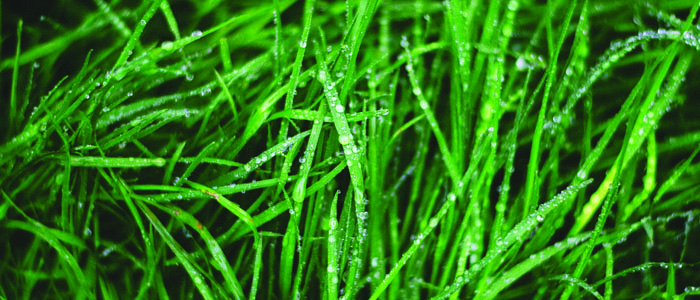
For such tiny insects, ticks wield a lot of power over our collective psyche. So it makes perfect sense that we would want to avoid them. Ticks insert their “mouths” into our skin to suck blood, makes our skin crawl just thinking about it! Worst of all, ticks can carry some pretty dangerous diseases.
In the U.S., the most common tick-borne disease is the Lyme disease. This is caused by the bite of an infected black-legged tick, which is also known as a deer tick. An adult female deer tick can grow to the size of a sesame seed and has a reddish hind body with black dorsal markings. Males are slightly smaller than their female counterparts and are a solid dark brown.
While the deer tick is associated with the Northeast section of the US, they actually live throughout the central and eastern U.S. And yes, according to an ask UNF article, these deer ticks are also prevalent in Flordia as well.
The deer tick’s favorite hosts are deer and rodents, however, they will hitch a ride on a human passerby if given the chance. For this reason, it is very important to wear long pants, sleeves, and long socks when walking through forests and fields.
After returning home or to your campsite, be sure to do a self-check or better yet, have a friend inspect your skin and scalp for ticks. Carefully inspect areas that may be hidden, including around your head, neck, ears, under both of your arms, between your legs, and behind your knees. You won’t be able to feel these critters on you, so a thorough examination is important in finding them. Be sure to inspect your children and canine companions as well. Be on the lookout for what may appear to be a new freckle or speck of dirt.
If you find a tick, here’s how the U.S. Centers for Disease Control and Prevention recommend you remove it:
- Use fine-tipped tweezers to grasp the tick as close to the skin’s surface as possible.
- Pull upward with steady, even pressure. Don’t twist or jerk the tick. This can cause the mouth parts to break off and remain in the skin. If that does happen, remove the mouth parts with tweezers. If you’re unable to remove the mouth easily with clean tweezers, leave it alone and let the skin heal.
- After removing the tick, thoroughly clean the bite area and your hands with rubbing alcohol, an iodine scrub, or soap and water.
- Dispose of a live tick by submerging it in alcohol, placing it in a sealed bag/container, wrapping it tightly in tape, or flushing it down the toilet. Never crush a tick with your fingers.
- There is a 24-hour window where the risk of a tick passing Lyme disease is very small. Still, other pathogens can be passed within that timeframe so it’s best to avoid ticks if possible and remove them immediately when found. Visit the CDC website for more information and resources about how to prevent a tick bite and tick-borne diseases.
Final Thoughts
Ticks and tick-borne diseases can be highly dangerous. However, so can other insects and pests. If you find you have an insect or rodent issue, be sure to give us a call right here at Consolidated Pest Control.








